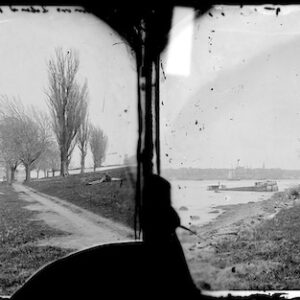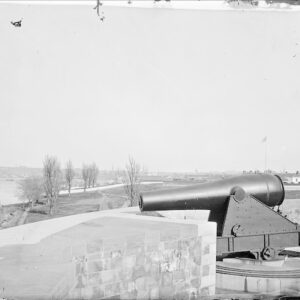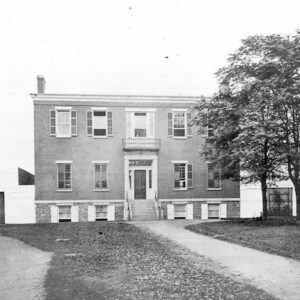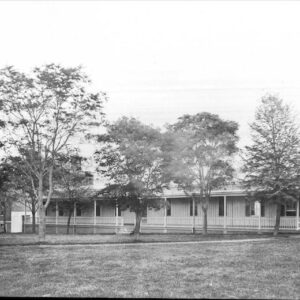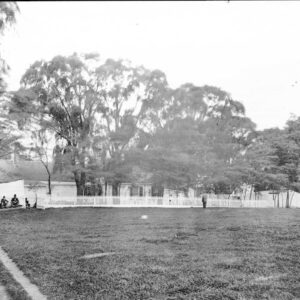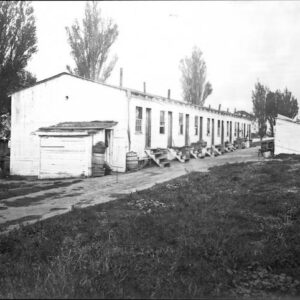Tag: Governors Island NY
Wikipedia says: Governors Island is a 172-acre (70 ha) island in New York Harbor, within the New York City borough of Manhattan. It is located approximately 800 yards (732 m) south of Manhattan Island, and is separated from Brooklyn to the east by the 400-yard-wide (370 m) Buttermilk Channel.
The native Lenape originally referred to Governors Island as Paggank (“nut island”) because of the area’s rich collection of Chestnut, Hickory, and Oak trees, and because it is believed that this space was originally used for seasonal foraging and hunting. The name was translated into the Dutch Noten Eylandt, then Anglicized into Nutten Island, before being renamed Governor’s Island by the late 18th century. The island’s use as a military installation dates to 1776, during the American Revolutionary War, when Continental Army troops raised defensive works on the island. From 1783 to 1966, the island was a United States Army post, serving mainly as a training ground for troops, though it also served as a strategic defense point during wartime.
Mid-19th century and Civil War
After the War of 1812, the island did not see much development. Rather, it was used for garrisoning troops starting c. 1821. The troops garrisoned on the island were deployed to wars four times in the rest of the 19th century. The New York Arsenal, a military division that dealt with artillery and was separate from the Army, moved to the island in 1832 and started constructing an armory building three years later. Construction of structures for the Arsenal continued for several decades. To distinguish the Arsenal’s and the Army’s structures, the former’s buildings were designed in the Greek Revival style, such as the Admiral’s House built in 1843.
The Army still retained a military presence on the island, and in the 1830s, it constructed several new buildings, such as officers’ barracks and a hospital. The Army also added masonry seawalls and opened an “administrative and training center” starting from the 1850s. The erection of the recruiting center and barracks resulted in the creation of Nolan Park, to the east for Fort Columbus. Together with these changes, a grassy area was cleared between Fort Columbus and Castle Williams to allow better vantage points should defensive attacks be launched. Other Army structures included a muster station that operated throughout the Mexican–American War and American Civil War, as well as a music school. Still, most of the troops continued to live in tents. To accommodate Army personnel’s religious requirements, a small Gothic Revival chapel for Protestants was built on Governors Island in 1846.
No new permanent buildings were built specifically for the Civil War, though a temporary hospital was built. The hospital treated victims of cholera and yellow fever in epidemics during the 1850s and 1860s. During the war, Governors Island was used mostly as a support facility to muster soldiers, though the fortifications were still operational. Castle Williams held Confederate prisoners of war and Fort Columbus held captured Confederate officers. The austere accommodations frequently held over a thousand prisoners, and they frequently escaped and swam across to “mainland” Manhattan. In 1863, in the midst of the New York City draft riots, protesters unsuccessfully attempted to take over the island when Army troops were deployed to Manhattan.
